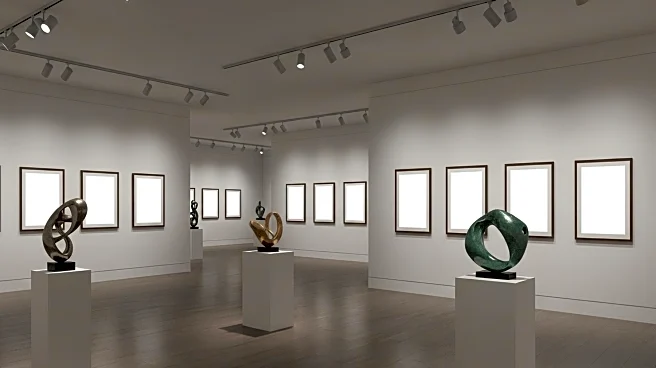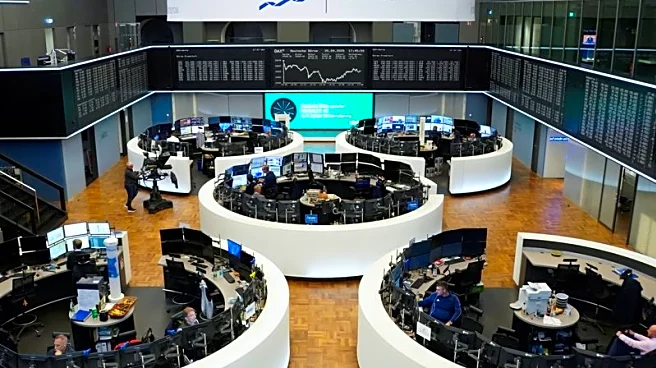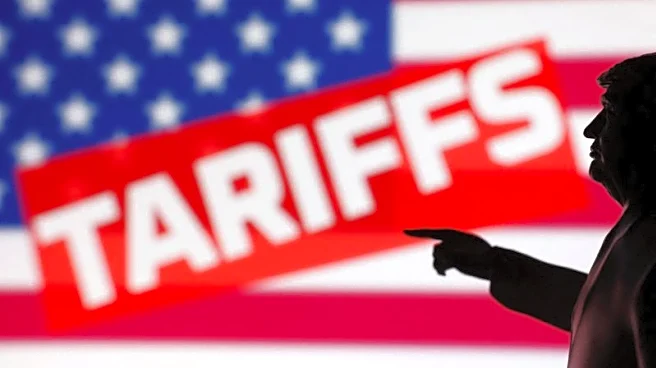What is the story about?
What's Happening?
The U.S. art market generated $2.2 billion in fine-art auction sales during the first half of 2025, marking a slight decline of just under 1 percent compared to the same period in 2024. This decrease is notably less severe than the global decline of 16.5 percent, positioning the U.S. as a relatively stable player in the international art market. Despite the downturn, the U.S. remains a leading force, with its half-year total being the third-lowest in the past decade. In contrast, China experienced a significant drop of 26 percent in sales, attributed to ongoing economic challenges and a renewed trade war with the U.S. following President Trump's inauguration. The U.K. also saw a substantial decrease, with sales falling by 24.5 percent, continuing a trend of declining auction sales over the past two years.
Why It's Important?
The U.S. art market's resilience amid a global downturn highlights its robust infrastructure and continued appeal to collectors and investors. The slight decline in sales suggests that while the market is not immune to broader economic pressures, it remains a stable investment avenue compared to other countries facing more severe challenges. The ongoing trade tensions between the U.S. and China, along with economic uncertainties in the U.K., underscore the geopolitical factors influencing art market dynamics. The U.S.'s ability to maintain relatively stable sales figures may attract more international buyers seeking security in their investments, potentially bolstering the market's future growth.
What's Next?
As the global art market navigates economic uncertainties, stakeholders in the U.S. may focus on strategies to further stabilize and potentially grow their market share. Auction houses and galleries might explore innovative approaches to attract new buyers and retain existing ones, such as leveraging technology for virtual auctions or expanding their reach through international partnerships. The geopolitical landscape, particularly the trade relationship between the U.S. and China, will continue to play a crucial role in shaping market trends. Observers will be keen to see how these factors influence the U.S. art market's performance in the latter half of 2025.
Beyond the Headlines
The art market's fluctuations reflect broader economic and political shifts, offering insights into cultural consumption patterns and investment behaviors. The U.S.'s relative stability may encourage a reevaluation of art as a viable asset class, particularly in times of economic uncertainty. Additionally, the decline in sales in countries like China and the U.K. may prompt discussions on the impact of political decisions on cultural industries, highlighting the interconnectedness of global markets.
AI Generated Content
Do you find this article useful?














